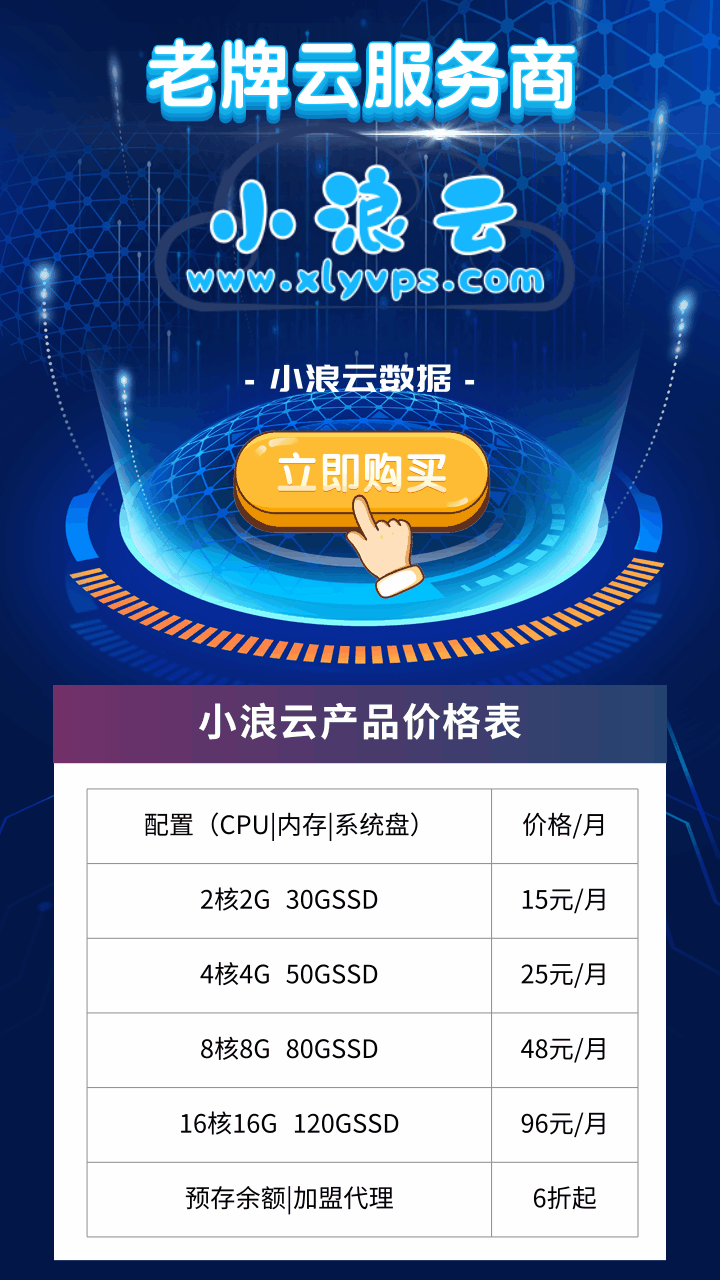将swagger api文档集成到ci/cd流程中,可以确保在代码提交后自动生成api文档,并在每次构建和部署时更新这些文档。以下是一个基本的步骤指南,适用于大多数linux环境下的Java或spring boot项目。
1. 选择合适的工具
- Swagger/OpenAPI: 用于生成API文档。
- springDoc: 用于将Swagger 3集成到spring boot项目中。
- Go-Swagger: 用于在go语言项目中生成Swagger文档。
- fastapi: 用于快速生成API文档和测试。
2. 生成API文档
使用SpringDoc生成Swagger文档
如果你使用的是Spring Boot项目,可以使用SpringDoc来生成Swagger文档。首先,从pom.xml中移除springfox或swagger的依赖,并添加springdoc-openapi-ui依赖:
<<span>dependency></span> <<span>groupId></span>org.springdoc</<span>groupId></span> <<span>artifactId></span>springdoc-openapi-ui</<span>artifactId></span> <<span>version></span>1.6.14</<span>version></span> </<span>dependency></span>
然后,在Spring Boot应用的主类上添加@EnableSwagger2WebMvc注解:
import org.springdoc.core.SwaggerUiOAuthProperties; import org.springframework.context.annotation.Bean; import org.springframework.context.annotation.Configuration; import springfox.documentation.builders.PathSelectors; import springfox.documentation.builders.RequestHandlerSelectors; import springfox.documentation.spi.DocumentationType; import springfox.documentation.spring.web.plugins.Docket; import springfox.documentation.swagger2.annotations.EnableSwagger2WebMvc; @Configuration @EnableSwagger2WebMvc public class SwaggerConfig { @Bean public Docket api() { return new Docket(DocumentationType.SWAGGER_2) .select() .apis(RequestHandlerSelectors.basePackage("com.example.demo")) .paths(PathSelectors.any()) .build() .securitySchemes(Collections.singletonList(apiKey())) .securityContexts(Collections.singletonList(securityContext())); } private ApiKey apiKey() { return new ApiKey("JWT", "Authorization", "header"); } private SecurityContext securityContext() { return SecurityContext.builder() .securityReferences(defaultAuth()) .forPaths(PathSelectors.any()) .build(); } private List<SecurityReference> defaultAuth() { AuthorizationScope authorizationScope = new AuthorizationScope("global", "accessEverything"); AuthorizationScope[] authorizationScopes = new AuthorizationScope[1]; authorizationScopes[0] = authorizationScope; return Collections.singletonList(new SecurityReference("JWT", authorizationScopes)); } }
使用Go-Swagger生成Swagger文档
如果你使用的是Go语言项目,可以使用go-swagger工具来生成Swagger文档。首先,安装go-swagger工具:
go install github.com/swaggo/swag/cmd/swag@latest
然后在项目根目录下运行以下命令生成文档:
swag init
3. 集成到CI/CD流程
使用jenkins
pipeline { agent any stages { stage('Build') { steps { sh 'mvn clean install' } } stage('Generate Docs') { steps { sh 'swag init' } } stage('Deploy') { steps { // 部署到测试环境或生产环境 } } } }
使用Drone
kind: pipeline type: docker name: api-docs steps: - name: build image: maven:3.8.3-open pull: if-not-exists volumes: - name: maven_cache host: /root/.m2 commands: - mvn clean package - name: deploy image: appleboy/drone-ssh settings: host: 172.17.0.1 username: root password: xxxxx port: 22 script: - cd /opt/beiming-talk/backend - docker build -t my-api-docs . - docker push my-api-docs
4. 自动化测试和部署
在CI/CD流程中,确保在生成API文档后执行自动化测试和部署。例如,使用Jenkins或Drone在生成文档后执行单元测试和集成测试。
5. 监控和反馈
配置监控工具(如Prometheus、grafana)对生产环境进行实时监控,并将监控数据反馈给开发团队和运维团队,以便及时处理问题。
通过以上步骤,你可以将Swagger API文档集成到Linux环境下的CI/CD流程中,确保API文档在每次构建和部署时自动更新,从而提高开发效率和软件质量。







